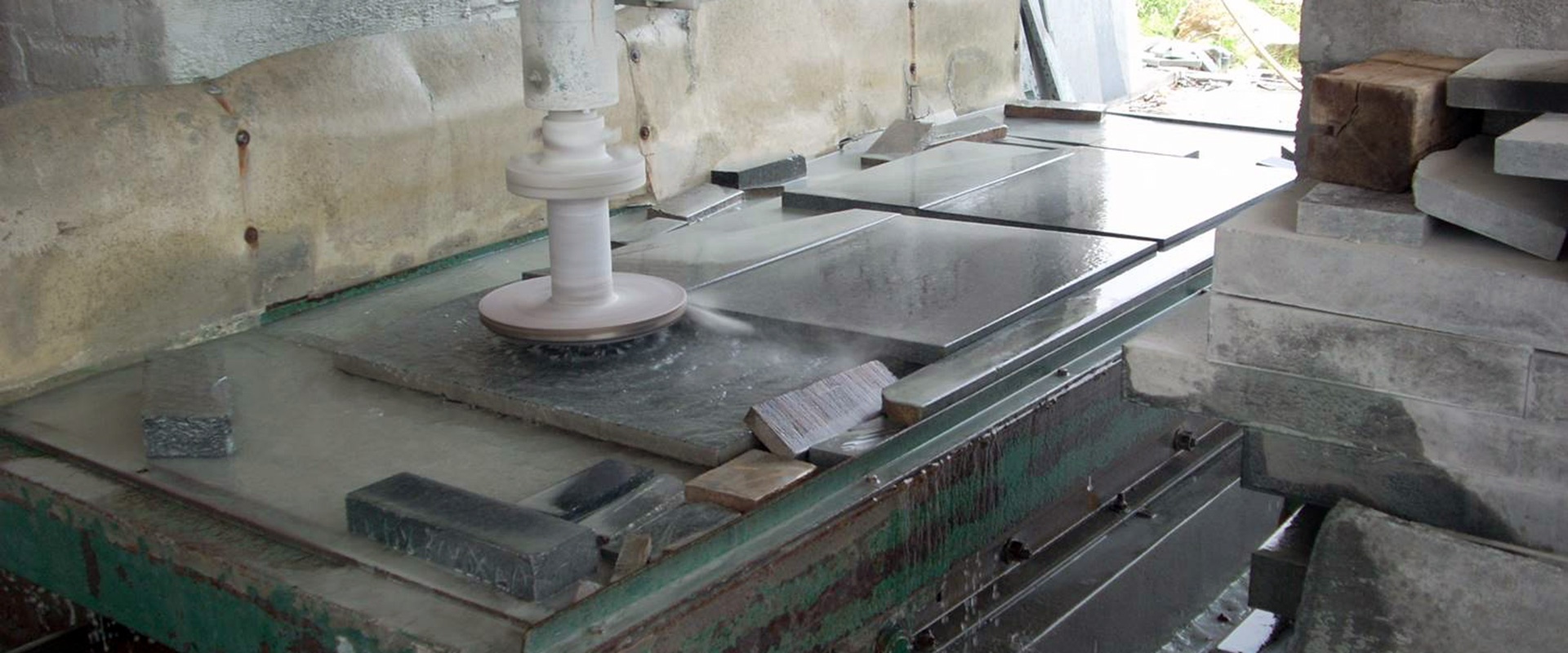I admire your thinking out of the box, however you need to think in terms of thermal heat storage and how much energy it takes to increase temperature of a medium. This is the amount of specific heat energy available for extraction in future use. You need to read this article first, I've ran across it more than once and it is good information concerning specific heat energy stored per gram.
https://www.e-education.psu.edu/earth103/node/1005#:~:text=If our rock had a,same amount as the rock.
1000 gallons of water raised from 135F to 185F is about 416K BTU's (122 Kwh) That is the amount of specific heat that can be extracted from the water when dropping the temp from 185F to 135F.
Radiant heat works at around 110F to 120F so there is even more heat energy that can be taken from thermal storage yet still heat the structure before recharging the thermal storage. At 110F from 185F is 625K BTU's. (183 Kwh)
This video is where the figures come from and I've watched it several times.
Saturday I drove 250 miles to pick up this pair of 525 gallon each ASME certified galvanized tanks. These were recently removed from a water treatment plant. I just happened to get very lucky to find these, most use a converted 500 gallon propane tank on end and weld in the needed fittings.

I'm very lucky, these will not require any changes for needed ports and are perfectly suited for the intended purpose. These will get insulated at install plus have a wall built around them filled with insulation. Why am I adding thermal storage in the form of buffer tanks? For heating my home. I am installing a wood boiler and these tanks are not only for thermal storage (using buffer tanks with boilers is another subject) from the boilers but also for storage from an air to water heat pump or even just electrical resistance coils. It gives options to utilize when the sun shines to collect and store energy or use biomass.
The advantages of radiant heat and low temp emitters is the length of time that can elapse before recharge is needed. Radiant slab heat like in my shop will hold the temp for several days easily due to warming the concrete slab (thermal mass) but with thermal storage this can be extended. A side benefit is the temperature will be constant, even though it slowly falls. Last year at this time, I spent New Year's weekend changing out my shop boiler that was leaking water into the heat exchanger. I raised the slab temp to about 82F and this allowed me a few days to change the connections and plumbing for the new boiler. Radiant and low temp emitters such as panel emitters are the way of the future regardless of where the energy comes from.
Rock, bricks, etc are not good thermal storage. While it might sound good, the goal is specific heat that can be drawn from the storage medium. While the thermal mass of a concrete floor with radiant seems like it stores heat for some time, it still isn't as good as water. Some phase change materials can store more than water but phase change comes at a premium price as temps needed and resulting infrastructure to house it increase substantially. Take for instance heat sources needed to reach phase change. A simple efficient inverter air to water heat pump couldn't be used which would be more efficient than using resistance heating which will get higher temps but comes at an efficiency loss.
The current move seems to be towards air to water heat pumps. Ground source seems to be on the decline, especially the well loop type where water is pumped out of a well, specific heat extracted and water dumped down another well/drain. My neighbor has one, he always has trouble with it. The well water seems to destroy the heat pump internals, The heat exchanger, pumps and even the compressor as the unit gets passages plugged leading to longer run times are always failing. I think in 20 some years he is on unit number 4.
One thing you need to remember is that you need to generate and input as much specific heat energy as you will pull out.





